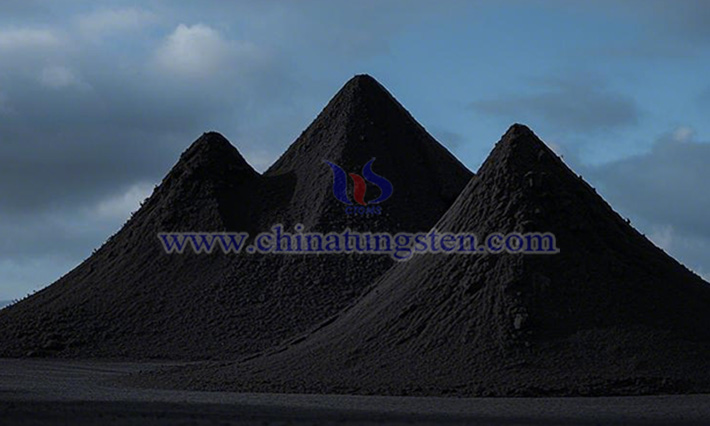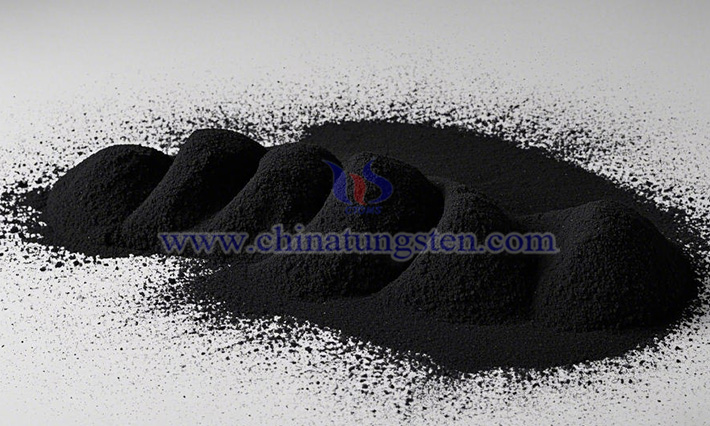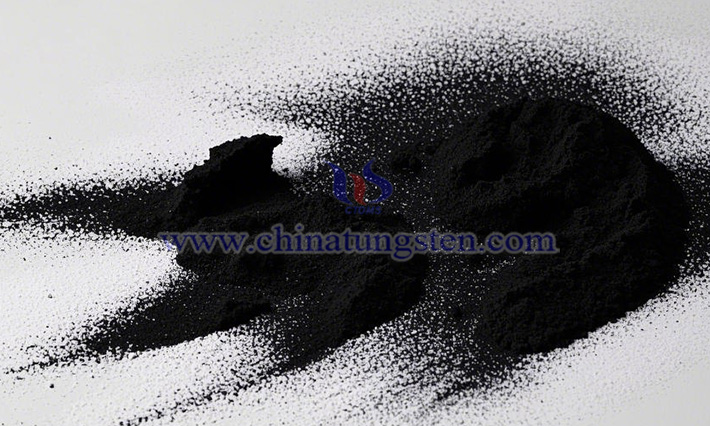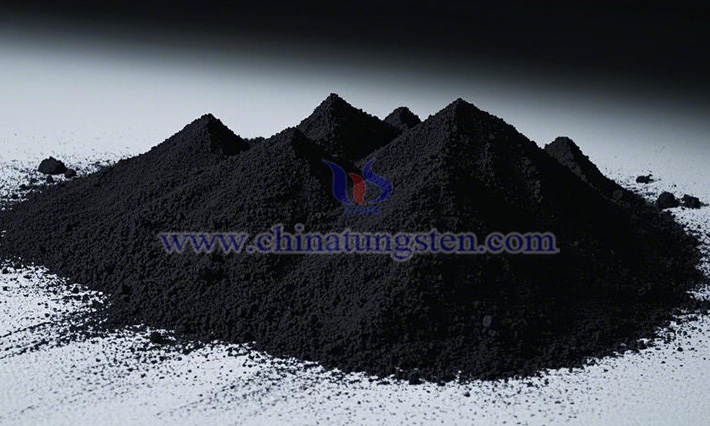Effect of Preparation Parameters on Tungsten Disulfide Performance
- Details
- Category: Tungsten Information
- Published on Wednesday, 19 March 2025 17:50
- Written by Xiaoting
- Hits: 238

Common preparation methods for tungsten disulfide (WS₂) from CTIA GROUP LTD include chemical vapor deposition (CVD), mechanical ball milling, hydrothermal synthesis, and sol-gel methods. These processes involve various preparation parameters such as reaction temperature, reaction time, reactant concentration, reaction atmosphere, and catalysts. So, how do these preparation parameters affect the properties of WS₂ from CTIA GROUP LTD?
Read more: Effect of Preparation Parameters on Tungsten Disulfide Performance
What Impurity Elements Are There in Tungsten Disulfide?
- Details
- Category: Tungsten Information
- Published on Wednesday, 19 March 2025 17:47
- Written by Xiaoting
- Hits: 229

The chemical composition of tungsten disulfide (WS₂) from CTIA GROUP LTD primarily consists of tungsten (W) and sulfur (S). However, during actual production processes, WS₂ often contains trace amounts of other elements, such as oxygen, carbon, and others. These impurity elements can influence the properties of WS₂ in various ways.
Read more: What Impurity Elements Are There in Tungsten Disulfide?
Why Is Tungsten Disulfide Compounded with Graphene?
- Details
- Category: Tungsten Information
- Published on Wednesday, 19 March 2025 17:33
- Written by Xiaoting
- Hits: 222

The composite of tungsten disulfide (WS₂) and graphene is a significant research direction in materials science. By combining the strengths of both materials, a synergistic effect is achieved, endowing the composite with exceptional properties such as enhanced catalytic and electrochemical performance.
Read more: Why Is Tungsten Disulfide Compounded with Graphene?
What Are the Effects of Non-Metallic Doping on Tungsten Disulfide Performance?
- Details
- Category: Tungsten Information
- Published on Wednesday, 19 March 2025 17:40
- Written by Xiaoting
- Hits: 235

Non-metal doping of tungsten disulfide (WS₂) involves introducing non-metal atoms into the WS₂ crystal lattice to modify its physical and chemical properties. What are the effects of non-metallic doping on tungsten disulfide performance?
Read more: What Are the Effects of Non-Metallic Doping on Tungsten Disulfide Performance?
Why Is Tungsten Disulfide Compounded with Carbon Nanotubes?
- Details
- Category: Tungsten Information
- Published on Wednesday, 19 March 2025 17:25
- Written by Xiaoting
- Hits: 229

The combination of tungsten disulfide (WS₂) and carbon nanotubes (CNTs) primarily aims to leverage the strengths of both materials, achieving complementary and synergistic enhancements in performance to meet the demands of various applications. For instance, in reactions such as hydrogenation and hydrogen evolution, WS₂-CNT composites exhibit superior catalytic performance compared to their inpidual components, showing great potential for widespread use in energy conversion and chemical industries. Additionally, due to their excellent electrical properties and high specific surface area, WS₂-CNT composites can be utilized to fabricate high-performance gas sensors, biosensors, and more.
Read more: Why Is Tungsten Disulfide Compounded with Carbon Nanotubes?





 sales@chinatungsten.com
sales@chinatungsten.com